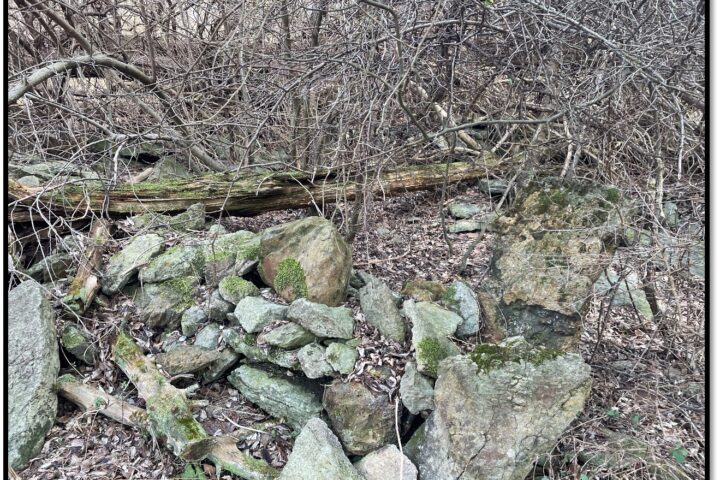
by Cheyenne Moore

Ninebark Photo courtesy of U.S. Fish & Wildlife Service
Have you ever gone to your local nursery looking for native plants like ninebark or butterfly weed and found things called ‘Autumn wine’ or ‘Hello Yellow’? They look like the native plants you might expect, but showier. Perhaps they have a unique flower color, the plant is a different size, or it’s producing many more fruits or flowers than what you expect. These are cultivars of native species or “nativars.” You might think that it’s a better version of what you’ve seen out in the wild. But is it really?
One of the main reasons to plant native plants is to benefit our native pollinators and wildlife. They’re adapted to use these native species for food and shelter after centuries of coexisting and evolving together. There are many examples of this, like the classic monarch and milkweed relationship.

Asclepias tuberosa ‘Hello Yellow’. Photo courtesy of Missouri Botanical Garden
There is some evidence that the cultivars we find in our nurseries don’t function in the same way for wildlife as typical natives. For example, many of these cultivated plants don’t produce the same amount of pollen and/or nectar making them less valuable to pollinators. Often, producing fancy colors or growing extra tall requires cultivars to allocate resources away from pollen and nectar production to achieve the showy characters that humans appreciate. In addition, unique coloration makes the species less recognizable as a food source to pollinators. One example is the ‘Hello Yellow’ cultivar of butterfly weed, which is yellow, while the straight native is orange. Some evidence shows this color difference makes ‘Hello Yellow’ less attractive to monarchs.

Asclepias tuberosa. Photo by Sarah Bingham
Also, these cultivars are often the product of careful breeding by humans, sometimes resulting in inbred plants with limited genetic variability, making the cultivars more susceptible to diseases, and overall, less resilient.
While these cultivars or “nativars” are much better than non-native species, requiring less water and general maintenance and providing more ecosystem services, they might not be as beneficial as the native species from which they are derived.
Please consider buying and planting true native species when you can. Alternatively, look for cultivars that are as similar to our native species as possible in color and bloom time. The pollinators and wildlife will thank you!

Ninebark ‘Autumn Wine’ Photo by Susan Martin
Forest Fridays are published weekly by the Bureau of Forestry, Pennsylvania Department of Conservation and Natural Resources.
For more information, please see:
Native Species or Cultivars of Native Plants–Does it Matter? | Piedmont Master Gardeners




